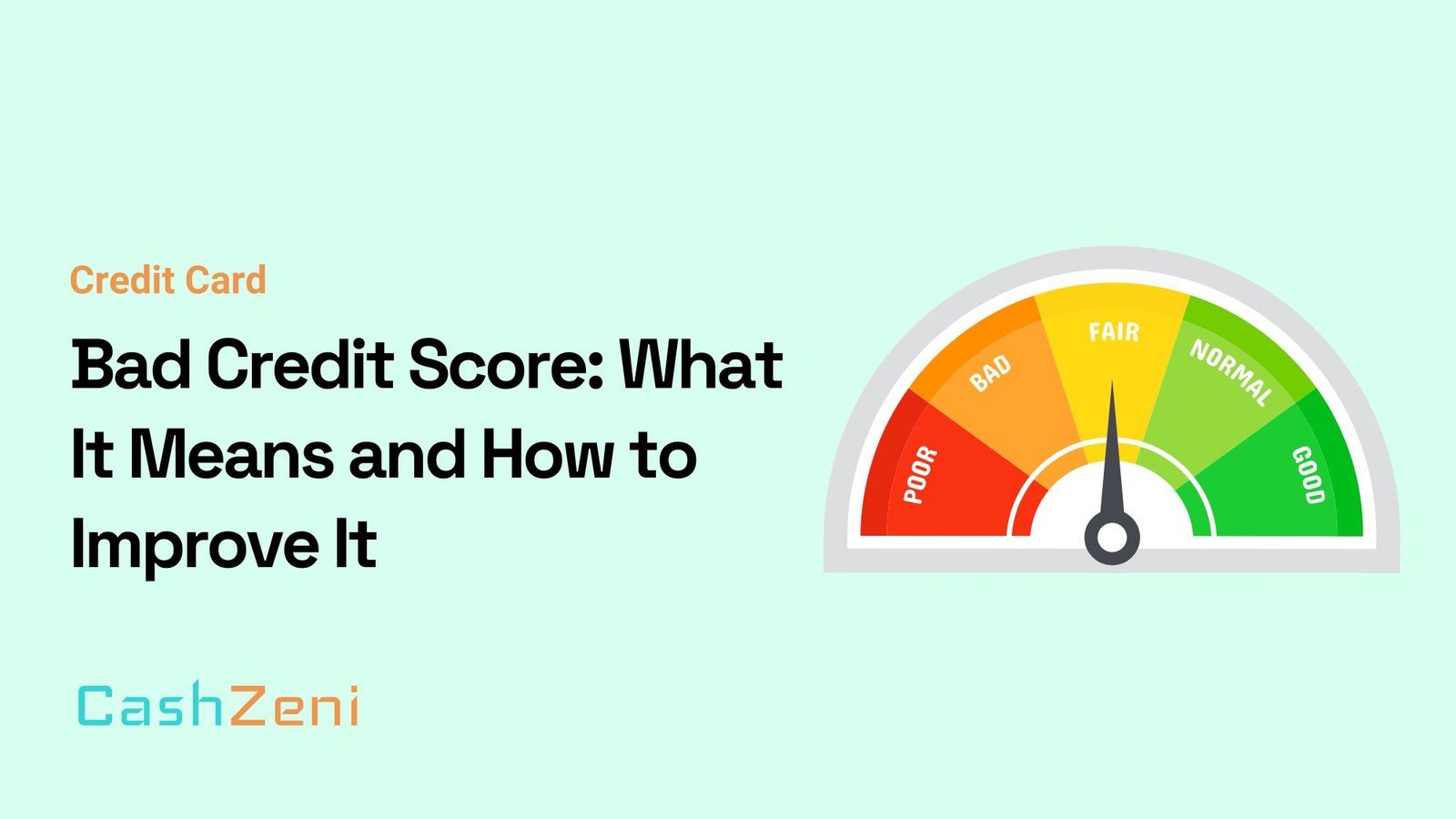It’s important to be prepared for the unexpected and understand that one day our life could end suddenly, without warning. Taking out insurance can give us peace of mind and help us plan for these unfortunate circumstances. Life insurance is an important financial tool that can help protect you and your family in the event of an unexpected death. It provides financial security in the form of a lump sum payment to your beneficiaries, which can help cover medical costs, pay off debts, and provide for your family’s future.
Table of Contents
But with so many different types of life insurance plans available, how do you know which one is right for you? In this article, we’ll explore the benefits of life insurance in India and provide some tips on how to choose the right plan for you. But before knowing about life insurance benefits let’s know what exactly the concept of life insurance is and how it works.
Understanding Life Insurance
Life insurance is an effective means of amassing wealth and securing a family’s future in the unfortunate event of the policyholder’s demise. There are two avenues to acquire life insurance – ‘Term Plans,’ offering life coverage to safeguard families, and ‘Investment Plans,’ facilitating asset creation and financial stability to help individuals meet their financial objectives.
Life insurance can function as a financial safety vault for your loved ones in your absence. In the regrettable event of the insured’s death, the insurance coverage for which the policyholder has paid premiums acts as a binding agreement between the covered individual and the insurance provider, delivering financial benefits to the designated beneficiaries or nominees.
Life Insurance Eligibility
According to insurance norms, any individual, regardless of gender, between the ages of 18 and 65, is eligible to purchase life insurance in India. Both smokers and non-smokers can acquire life insurance, although premium costs may differ. When obtaining a life insurance policy, individuals must disclose their smoking habits to the insurer.
Persons with disabilities, given they can demonstrate they financially support their family, can also access optimal life insurance coverage. They will have to undergo medical examinations for the insurer to assess the premium based on the associated risk level. Individuals with pre-existing medical conditions are also eligible for life insurance, provided they disclose any such conditions to the insurance company.
Types of Life Insurance in India
- Term Insurance: This is a cost-effective life insurance solution that offers a substantial sum assured for minimal premiums. In case of your untimely demise, the insurance provider pledges to pay a predetermined amount to the policy nominee.
- Unit Linked Insurance Plans (ULIPs): ULIPs are a unique type of life insurance that offers both life insurance coverage and returns linked to the market’s performance. A portion of the premium payment is invested in various fund options while the remaining sum is used to provide life insurance.
- Retirement Plans: These long-term investment plans offer opportunities to receive steady income post-retirement. Regular premium payments are made during the investment period, allowing the investments to grow over time. Upon retirement, the matured amount is repaid according to the investor’s preference, either as a lump sum or as a recurring income.
- Child Plan: These plans aim to ensure a child’s financial stability, with the investment returns directed towards meeting a child’s future needs, such as education. Child plans guarantee that coverage is maintained even in your absence by providing life insurance to the nominee and letting the insurer handle the remaining premiums, ensuring the child’s future security.
- Endowment Plans: These plans are a blend of savings and life insurance. Investing in an endowment plan gives you the advantage of both savings benefits and life insurance. If you survive the policy term, you receive the maturity benefit along with regular bonuses.
Top 10 Benefits of Life Insurance
Because life is unpredictable, it is best to take precautions for your family’s safety now rather than later. Below are a few of the main justifications and advantages of getting life insurance.
- Life Cover Against Uncertainty
- Financial Security
- Tax Benefits
- Long-Term Savings
- Inclusions of Riders
- Loan Against Policy
- Retirement Planning Option
- Investment Tool
- Flexibility
- Peace of Mind
Life Cover Against Uncertainty
Life insurance policy as defined above is the contract between the insurance company and the insured customer in which the insurance company provides cover against any unfortunate event or uncertainty such as Death or Disability. Uncertainty can be defined as the state of being uncertain such as death which is evident but the date and time of death cannot be predicted. Death is inevitable but is an uncertain event that can occur at any time destroying a family if the breadwinner of the family passes away suddenly. All the uncertainties related to death and disability can be handled by taking a life insurance policy in your name.
Financial Security
Financial security is the ultimate goal of any human being. Financial security can be achieved by many methods such as investing, working a job, or taking a life insurance policy! A life insurance policy provides financial support to your family in case of sudden demise, and a Maturity payout policy provides financial security after retirement.
Having a life insurance policy 10 times your annual income can save your family sailing through uncertain times in case of your sudden demise. If you are the breadwinner of your family, then it is of utmost importance for you to have a life insurance policy as your demise may put your family’s financial situation in jeopardy. In case of the policyholder’s sudden demise, the life insurance company pays the sum assured to the nominee or the legal heir of the deceased which helps the family to survive in a better position.
Tax Benefits
The government of India has started encouraging people to purchase life insurance policies by providing tax exemption for the premium paid under a life insurance policy. In case of death, the sum assured that is paid to the nominee is tax-free since the proceedings are from the life insurance due to the death of the policyholder. In the case of Maturity proceedings in life insurance, income tax benefits have to be paid as per the eligible slab due to the nature of the proceedings being investment earnings.
Under Section 80C, life insurance premiums paid is eligible for a tax deduction of up to Rs.1.5Lacs. Under section 80C of the income tax act 1961, other options can be used to claim the tax deductions, or the entire life insurance premium amount can be claimed under the 80C section. Under section 10 (10D) of the Income-tax Act,1961 any amount of sum insured plus the accrued bonus paid on Maturity or Surrender or Death of the policyholder are tax-free if the premium payment in any year exceeds the prescribed percentage of the actual sum insured.
Long-Term Savings
Life insurance is an important tool for long-term savings and financial security. It provides a way to protect your family from the financial burden of your death or disability. With life insurance, you can create a financial safety net that will help your loved ones in times of need. Life insurance can be used as an investment vehicle to help you reach long-term goals. It can provide tax advantages and the ability to access funds when needed.
Life insurance policies, such as endowment and money-back plans, offer long-term savings and investment opportunities. These policies provide a guaranteed sum assured along with bonuses and can be used as a retirement planning tool.
Inclusions of Riders
A rider in a life insurance policy can be defined as the extra coverage provided to the customer with the existing life insurance policy on payment of an extra premium and the coverage of the rider remains equal to or less than the basic policy period. Riders such as disability benefits, Critical Illness, Waiver of premium, return of premium, etc. are available to the customer on payment of extra premium.
Disability benefit is the most preferred rider in the life insurance policy which provides a sum assured to the policyholder or nominee in case of disability due to an accident. Critical illness rider provides the sum assured to the policyholder in case of diagnosis with any of the critical illnesses mentioned in the policy copy. The diagnosis report is enough to claim the critical illness proceedings from the insurance company and this rider is intended to provide the customer with critical illness treatment costs. Waiver of premium rider allows you to waive your future premium payments in case of accidental death or disability or diagnosis with a critical illness.
Loan against Policy
Some of the Life insurance policies provide us with the option of a Loan against the life insurance policy. Life insurance companies provide their customers with loans against their life insurance policies (a few kinds) up to a certain limit and charge interest for the amount provided. This amount provided by the life insurance companies would be less than the premium paid by the customers over the policy period.
These life insurance policies provide loans against the premium paid under the policy by the policyholder. The life insurance premium accumulated over some time along with any accrued bonus is used to give the loan. This loan is given at a nominal interest rate for occasions such as Child’s marriage, Study purpose, or any other similar occasions.
Retirement Planning Options
Life insurance companies offer retirement options to their customers which include Annuity plans and Retirement plans. These plans include both the life insurance policy coverage as well as the Investment option. An annuity is a plan that helps the policyholder to get regular payments for life after making the lump-sum payment. The insurance company invests the lump sum amount of the investor to pay back the returns generated from the investment.
Retirement plans require periodic payments i.e. monthly, quarterly, half-yearly, or annually to be made by the policyholder to the insurance company up to a certain period i.e. retirement time. The insurance company will invest this amount and pay a certain amount to the policyholder after retirement. This corpus depends on the plans chosen by the policyholder, the more the risk-taking capacity of the customer generates more corpus and vice versa.
Investment Tool
Life insurance policy is considered one of the financial investing tools in our country for the future and also plays an important role in financial planning. Investment advisors stress the importance of a life insurance policy for every individual planning for their future. We invest to grow our money and lead a comfortable life with that investment returns when we are not able to work.
A life insurance policy is the only tool that has the option of investment as well the insurance coverage in the market. Life insurance products are designed to provide both insurance coverage and an investment option in a single product thereby providing comfort to the customers. A part of the premium paid for a life insurance policy goes into investment and the other part of the premium is utilized to provide coverage against any unfortunate event.
Flexibility
Life insurance policies offer flexibility in terms of premium payment, policy duration, and sum assured. This allows you to choose a policy that suits your financial needs and requirements.
- Premium Payment Term: Limited Pay, Regular Pay, Single Pay
- Premium Payment Mode: Single, Yearly, Half-Yearly, Quarterly, Monthly
- Policy Term: 1 Year to 99 Years (Based on plan)
- Sum Assured: 1 Lakh to No limit (Based on the type of policy)
Peace of Mind
Death is unavoidable. In the case of your absence, your family may face financial difficulties so the least you can do for your family is to secure their financial future with a life insurance policy. Finally, life insurance provides peace of mind to the policyholder, knowing that their family will be financially secure in case of their untimely demise. This peace of mind allows the policyholder to focus on their personal and professional goals without worrying about their family’s future.
How to Purchase Life Insurance by Comparing the Benefits of Each Plan?
Purchasing life insurance is an important decision that requires careful consideration of your financial goals and needs. When comparing the benefits of each plan, here are some steps you can follow:
- Determine your Coverage Needs: Before comparing policies, determine how much coverage you need. Consider your debts, income, and family’s future expenses, such as education costs or mortgage payments.
- Understand the Types of Life Insurance: Life insurance policies come in two main types: term and permanent. Term life insurance provides coverage for a specific period, while permanent life insurance provides coverage for the rest of your life.
- Compare Premiums: Premiums vary by policy and insurance company. Look for policies that fit your budget and provide the coverage you need.
- Know about Exclusions: Pay attention to any exclusions or limitations in the policy. For example, some policies may not cover certain medical conditions or risky activities.
- Check the Insurer’s Reputation: Look for an insurance company with a strong financial rating and a reputation for excellent customer service.
By following these steps, you can compare the benefits of each life insurance plan and select the one that meets your needs and goals.
Conclusion
Life insurance provides financial protection to your loved ones in the event of your death. It is important to consider the various benefits of different life insurance policies before making a choice. By understanding the various benefits associated with each type of policy, you can get one that best meets your needs.



